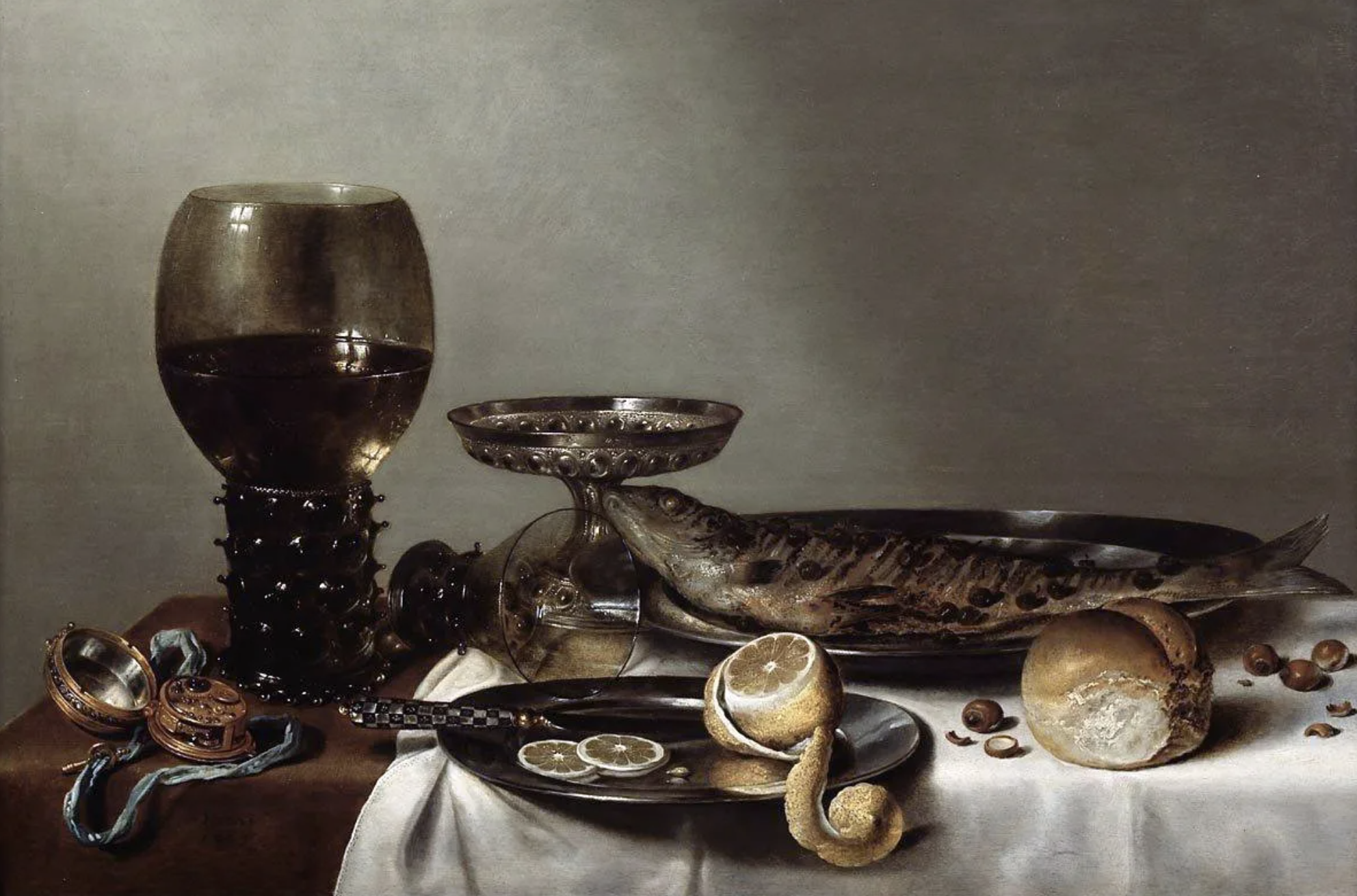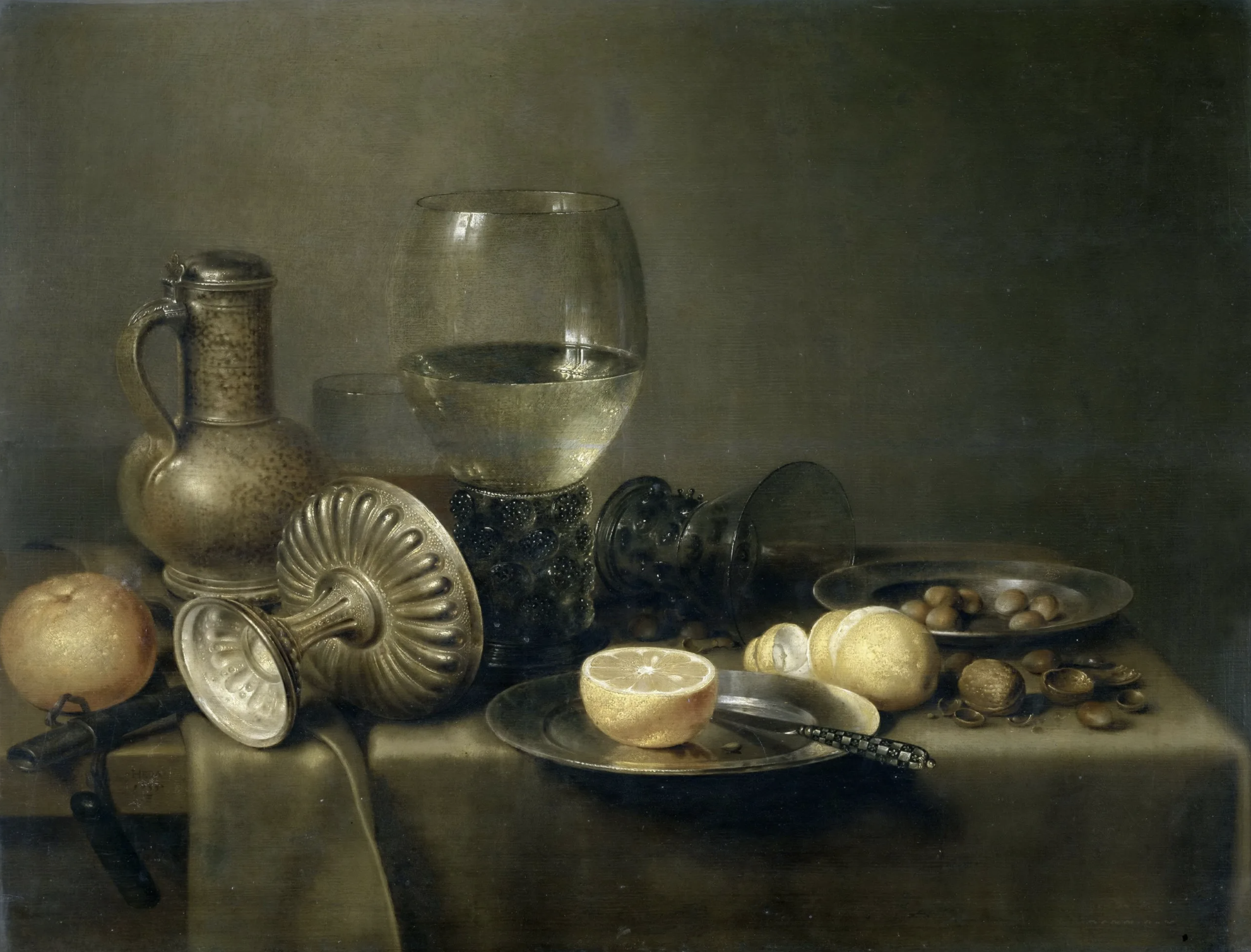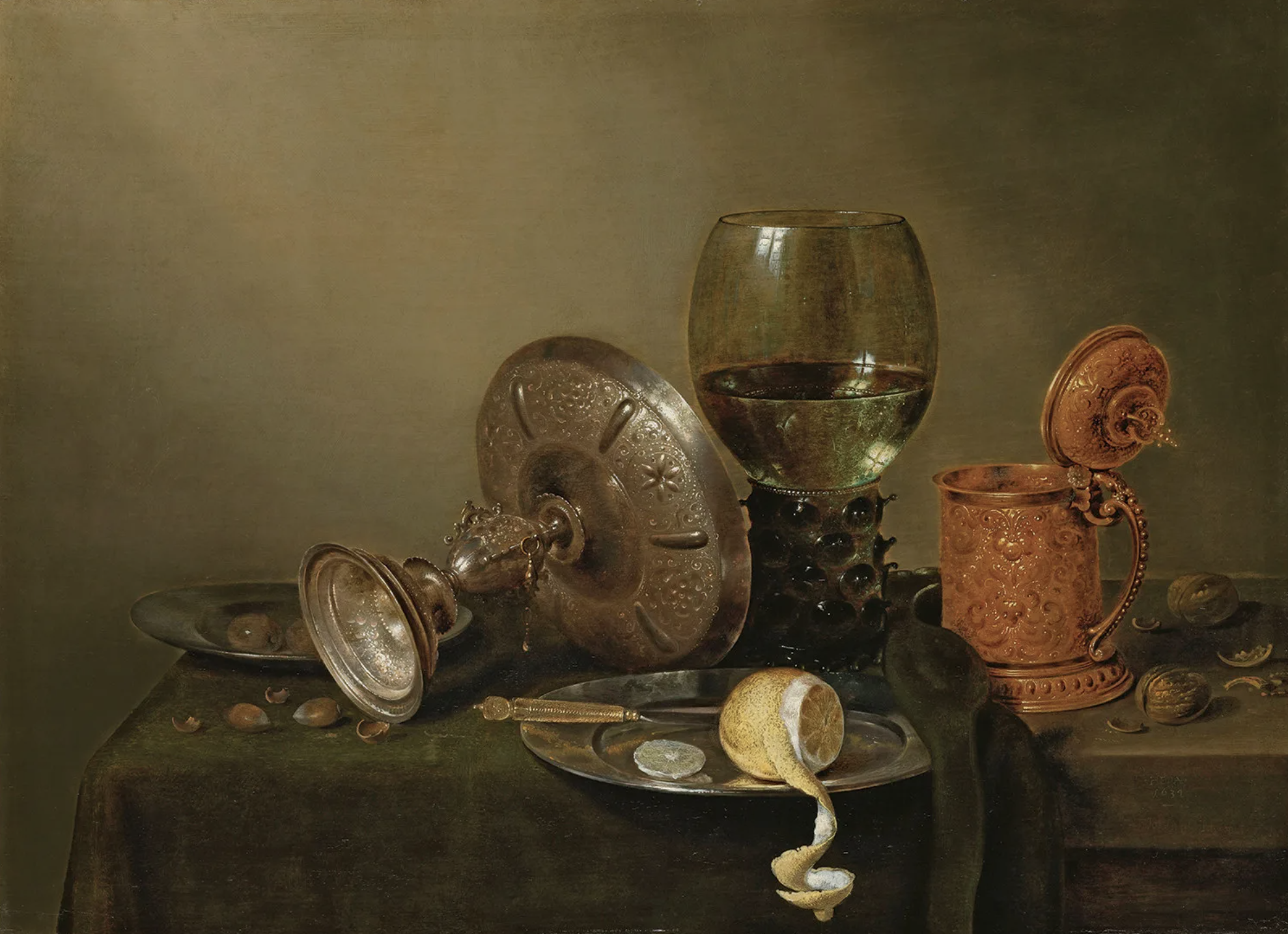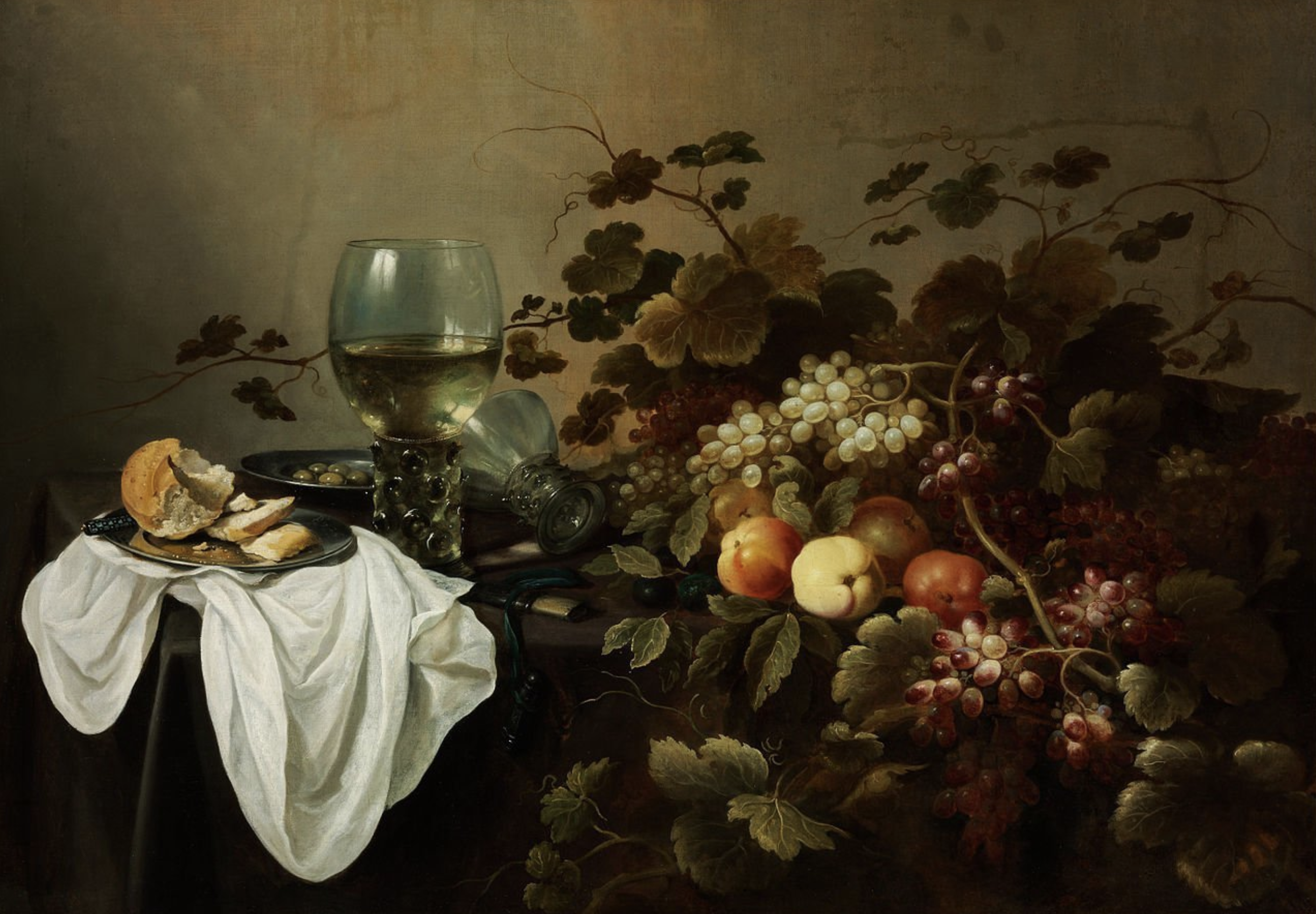The Artistic Mastery of Dutch Still Life in Painting

The Dutch Golden Age, stretching from the 17th century, was a period of great wealth, maritime trade, and cultural prosperity for the Netherlands. It was also a time when Dutch still life painting flourished, becoming a highly appreciated genre that showcased the technical skill, rich symbolism, and the socioeconomic conditions of the era. This article delves into the world of Dutch still life in painting, exploring its origins, characteristics, and the messages embedded in these captivating works of art.

Origins and Development
The origins of Dutch still life paintings can be traced back to the late 16th century. It was a time of dramatic change in Europe, with the Protestant Reformation impacting the cultural landscape. The Catholic Church had previously been a major patron of the arts, commissioning works with religious themes. However, as Protestantism took hold in the Netherlands, artists had to find new subjects and patrons. They turned to depicting objects from everyday life, setting the stage for the rise of still life painting.

Characteristics of Dutch Still Life
Dutch still life paintings are known for their meticulous attention to detail, composition, and lighting. Artists aimed to create as realistic a representation as possible, often to the point of trompe-l'œil, a technique that uses realistic imagery to create an optical illusion that the depicted objects exist in three dimensions. Common elements of these still lifes include flowers, food, dead game, drinking vessels, and household items, each serving a specific symbolic purpose and reflecting the cultural values of the time.

Symbolism and Themes
In a seemingly straightforward still life painting, Dutch artists wove intricate layers of meaning. A seemingly mundane depiction of a table setting could reflect the wealth and status of its owner, critique social habits, represent vanitas themes (reminders of the transience of life), or convey moral messages. For instance, a skull, a snuffed-out candle, or wilting flowers might remind viewers of the fleeting nature of life and the futility of earthly pleasures.

Prominent Artists and Works
Some of the most renowned Dutch still life painters include Willem Kalf, known for his lavish displays of luxury items; Pieter Claesz, who specialized in monochrome banquet pieces with symbolic content; and Jan Davidsz. de Heem, whose intricate compositions combined both opulence and memento mori symbols. Another notable artist, Rachel Ruysch, became famous for her lush and detailed floral arrangements, a sub-genre in which women artists were particularly prominent.

Impact and Legacy
The impact of Dutch still life painting extends far beyond the borders and era of the Dutch Golden Age. The techniques, themes, and compositions developed by Dutch artists influenced European art for centuries. Moreover, the genre's attention to everyday objects laid the groundwork for later movements such as Realism and laid a philosophical foundation for considering the beauty in the mundane.

Dutch still life painting serves as a mirror to the cultural, economic, and philosophical environment of the Golden Age in the Netherlands. It encapsulates the artists' virtuosity, the patrons' pride, and a human curiosity that transcends time. Today, these paintings continue to enchant viewers with their intricate details and hidden significances, reminding us that often there is more to see than meets the eye in the rich tapestry of art history.

By examining the Dutch Golden Age through the lens of still life painting, we gain insight into a world where art and daily life interweave, creating tangible reminders of a bygone era's splendor and thought. Dutch still life masterpieces remain celebrated, not only as aesthetic achievements but also as historical documents, evoking the complex interplay between art, society, and mortality.
Теги
art, stillife.